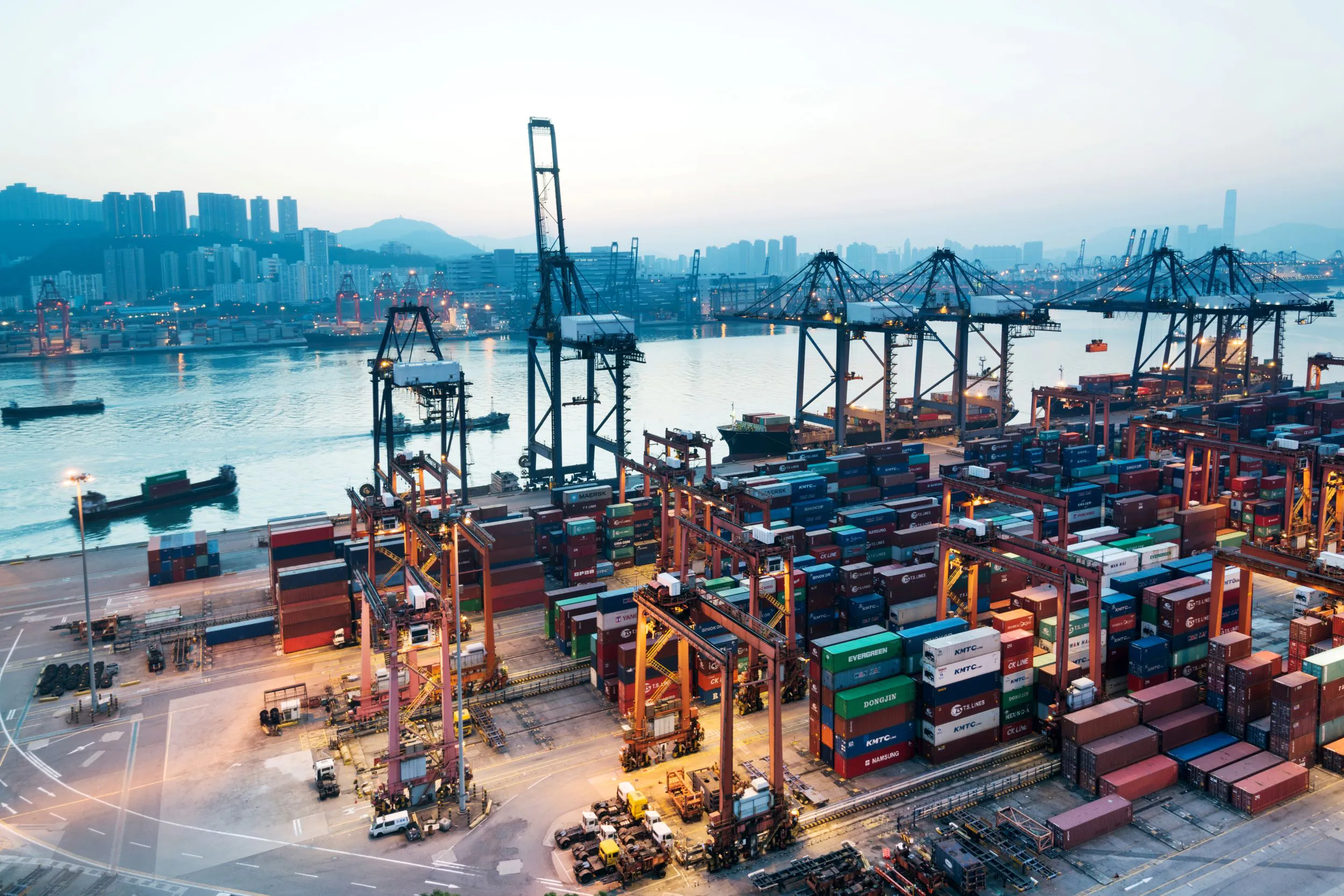International trade finance is an important consideration for any growing company, from SMEs to large corporations. There are many sales opportunities available beyond the borders of a business’s home country, and reaching those customers can mark the difference between stagnation and success. However, international trade comes with its own set of risks and challenges that can place those sales opportunities out of reach for many companies. This is where international trade finance comes in.
There are many complexities involved in trade with businesses from other countries, and trade finance exists to address them. It involves institutions and financial instruments that reduce risk and allow for a smoother flow of money between importer and exporter. Unlike general financing, using trade financing doesn’t necessarily mean that a company has insufficient funds for a transaction.
International trade finance intermediaries are banks, insurers, and other financial institutions, including alternative lenders like FinTech companies. They act as a go-between for the parties involved in the transaction, reducing the risk of working with an unknown company and of factors such as exchange rates and political uncertainty. They can advance funds to the exporter before the order has reached the importer, as the export process can be a long one. They can also provide credit to help the exporter to cover the costs of fulfilling the order or to help the importer to pay the bill.
These services are particularly important in the current economic and political climate, with supply chain disruptions and other issues continuing to impact the global market. International trade finance gives businesses access to a broader market in which to find and sell goods, without exposing them to undue risk.
Benefits of International Trade Finance
International trade finance gives businesses access to a bigger market and more business opportunities than they would otherwise be able to reach. When a seller wants to grow but the local market is saturated, or a buyer is unable to source a particular material or product from within the country, cross-border trade offers a solution, and trade financing makes that solution accessible to a greater range of organizations. It also enables companies to buy or sell at a larger scale than they would otherwise be able to afford, opening up new business opportunities and allowing for economies of scale. Finally, the upfront funding lets companies offer more attractive payment terms, making it easier to be competitive on the global market. According to the WTO, trade finance supports up to 80%-90% of international trade.
As mentioned earlier, international trade also comes with risks that make it an unattractive or unviable option for many companies without the aid of trade financing. These risks can be categorized into several types:
- Corporate risk is risk associated with the other company, such as delayed payment or lack of any payment at all. This can be caused by factors such as cash flow problems, insolvency, or other issues.
- Country risk includes various risks associated with doing business in another country, such as political, economic, and social factors that could result in a loss of money. For example, conflict within a country or between it and another nation creates a risk of lost or damaged goods, supply shortages, shipping delays, and other issues. Different laws and economic policies can also create risk.
- Culture risk relates to differences in norms and expectations between parties in different countries. Cultural differences are not always tied to the norms of one specific country and also can be a factor even between nations with similar cultures. These differences can result in misunderstandings about tone and meaning as well as business expectations.
- Foreign exchange risk is the risk of financial loss due to fluctuations in the exchange rate between different currencies. What was initially a very good deal could become less good if the rate changes between signing a contract and making a payment.
International trade finance helps companies protect against all these types of risk, making cross-border transactions a better prospect for all parties involved.
Managing International Trade Finance
There are several different types of financial instruments used in international trade finance along with various types of institutions, each suitable to different types of transactions and circumstances. From short-term financing for a one-off purchase to longer-term arrangements that assist with ongoing trade or large purchases, there are many options for companies doing business with other countries.
1. Letter of Credit
A letter of credit is one of the most common types of short-term trade finance, as well as one of the oldest. It is issued by a bank on behalf of the importer promising to pay the exporter within a specified time frame as long as the exporter meets certain terms, such as dispatching the order by a particular date and providing documents to prove it. This allows the importer to demonstrate that they have the amount of money required for the purchase, and as bank risk is typically considered lower than corporate risk, the exporter can fulfill the order with little worry of the importer failing to pay. It also saves the importer from having to hand over that money upfront before the order is completed and shipped.
2. Supply Chain Finance
Supply chain finance can encompass a number of different activities that help businesses manage their working capital and unlock funds tied up in various parts of the supply chain. For example, it enables a company to pay its own suppliers before receiving payment from an international buyer, using accounts receivable as collateral for a line of credit. On the buyer side, the company may receive financing from their bank to pay for imports and repay the bank when the inventory has been sold.
3. Factoring
This can work similarly to supply chain financing. It involves the business selling its accounts receivables at a discounted rate, allowing the company immediate access to funds without having to collect from its customers.
4. Export Credit Agencies
Export credit agencies (ECAs) are government-owned entities that offer loans, guarantees, and insurance to companies doing business overseas. Their goal is to help promote the country’s exports by lowing the barriers and risks of transacting in developing countries and emerging markets.
5. Insurance
There are many private insurance companies that offer protection against various types of risk, and sometimes this insurance is the only type of international trade finance a business will use, especially if the transaction is considered low risk. Trade credit insurance protects against non-payment by the importer due to factors such as bankruptcy, while political risk insurance protects against non-payment due to factors such as war or terrorism. Insurance is also used to protect the exporter against transportation and delivery risks.
Finding the Right Solution
These are only some of the international trade finance options available to businesses looking to import or export goods. It’s important to select a solution that is the right fit for your business, from a partner you can trust. That’s why Bizvibe’s B2B platform provides detailed insights on close to 200,000 finance companies along with tools for comparing and connecting with potential business partners, all available to try for free.



